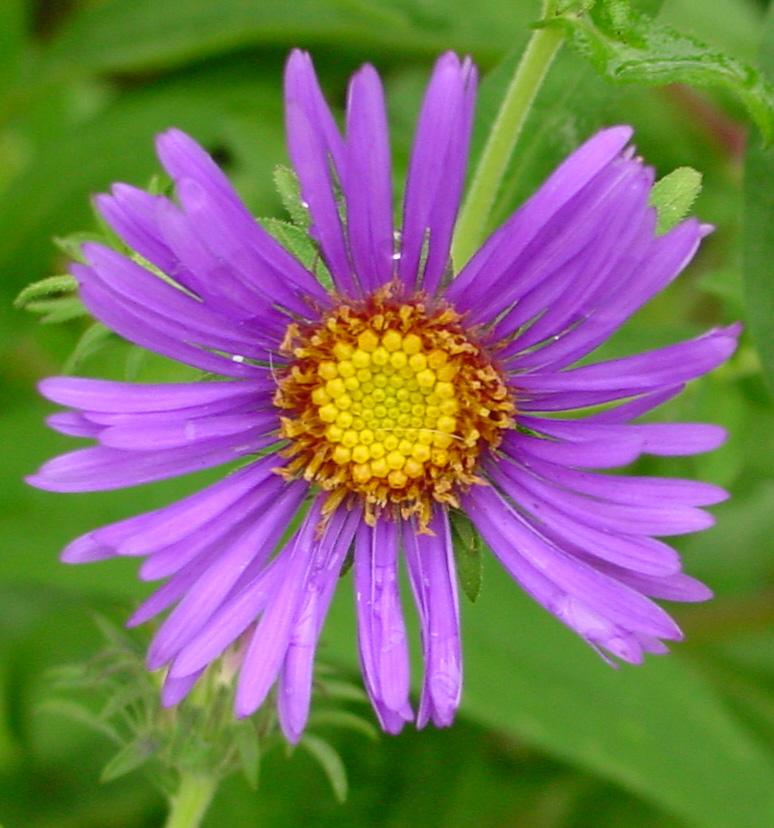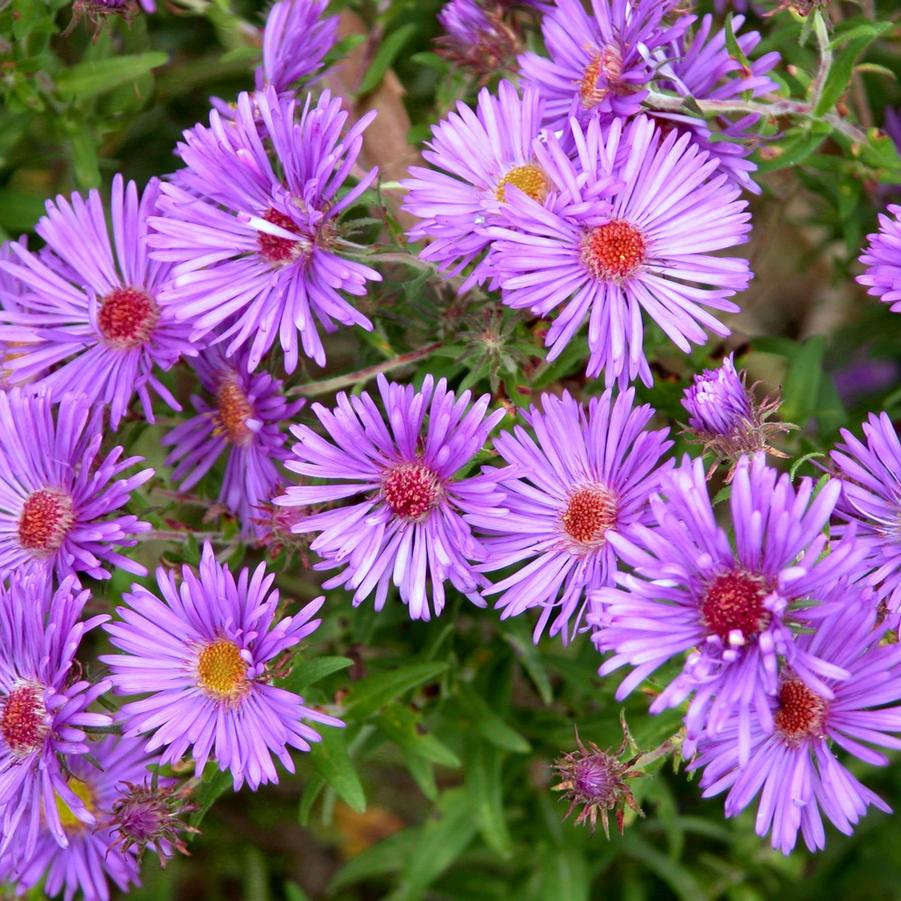



Plant Calculator
Enter the approximate length and width of the area you will be planting and click 'Calculate' to determine how many Aster novi-belgii you will need.
Correct and successful spacing is complex and depends on project conditions. We encourage you to call us at 877-ECO-PLUG for project specific recommendations and further assistance.
Aster novi-belgii
New York aster
- Category: Perennial, Native
- Hardiness Zone: 4-8
- Height: 3-5 Feet
- Spread: 3 Feet
- Spacing: 12-18 Inches
- Bloom Color: Violet
Local Mid-Atlantic native of moist to wet meadows. Flowers may vary in shades of pink, purple and white and bloom in early fall, which is late August and early September here in PA.
Exposure
| • | Full Sun |
Wetland Indicator Status
| • | Falcutative Wetland (FACW) |
Plug Type
| • | Landscape Plug™ |
Propagation Type
| • | Open pollinated |
Additional Information about Aster novi-belgii
Unlike other aster species, Aster novi-belgii, or New York aster, prefers a consistently moist, humus-rich site. This northeastern native aster can be found rambling along roadsides, ditches, or along wild areas. The flowers posses fewer rays with a lighter violet color than New England aster and has a smooth, almost glabrous leaf. It provides excellent late season color with occasional white flowers as well as purple with cheerful yellow centers.
Plant is endemic to New England area, growing in full sun in average to moist soils.
Aster species are an excellent choice for any plant designs considering erosion control or pollinator gardens. In addition to being a nectar resources, it is also forage for Lepidoptera larvae. Aster novi-belgii, now Symphyotrichum novi-belgii, can be found along the edge of our trial bioswales and hillside of the constructed wetlands, handling the moist conditions and controlling erosion.
Growing & Maintenance Tips for Aster novi-belgii
Performs best in full sun and in well-drained soils of average fertility. Most selections will need frequent division. The compact types need division to retain vigor while the taller cultivars require division to control rapid spread. Pinching or cutting back in early summer for a compact habit. Can be propagated by seed or by division. Division is done in early spring by lifting the clumps and replanting the vigorous outside growth while composting the older center section. -Steven Still, Manual of Herbaceous Ornamental Plants
